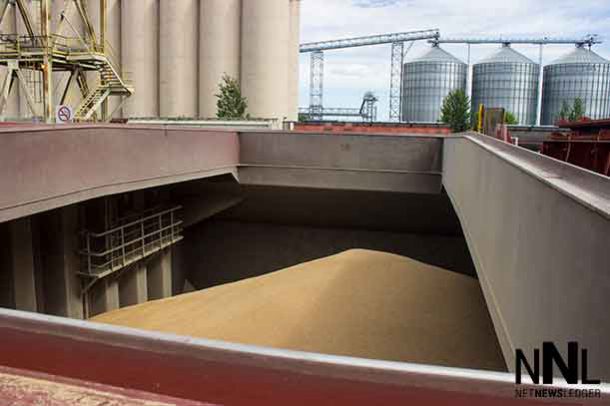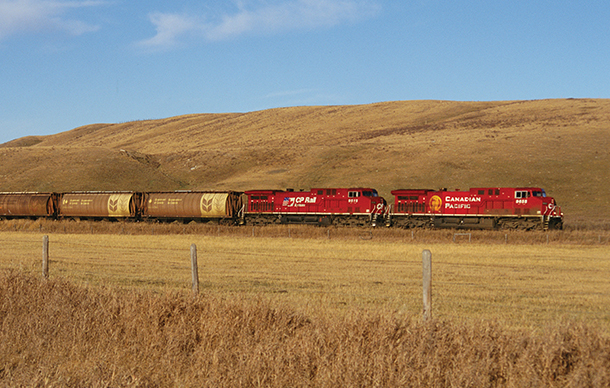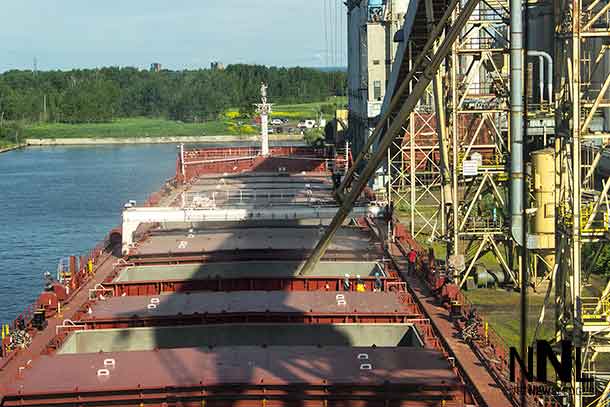
REGINA – BUSINESS – Canadian farmers need to continue to focus on efficiencies and increased production of commodities in order to remain competitive within a rising tide of production around the world, according to J.P. Gervais, chief agricultural economist for Farm Credit Canada (FCC).
“Our long-held reputation as a safe and reliable producer of high-quality food opens the door to existing and new export markets, but competitive pressures are mounting,” Gervais said, in releasing the latest outlooks for the agriculture and agri-food sector. “The game is quickly changing and it’s becoming more and more evident that it’s mostly about volume and value added.”
Recent years of record-high production have boosted global stocks of many agriculture commodities. But even as the planted acreage of major crops in the United States is expected to be lower than its high in 2012-14, when it averaged almost 257 million acres, improvements in yields allow for continued growth in overall production. That’s why it’s important for Canadian agriculture to invest in innovation that will enable continued growth in productivity.
Gervais said increasing productivity doesn’t necessarily mean Canadian farmers need to expand their operations.
“Canadian producers need to find ways of reducing costs while increasing productivity from their existing operations, whether that means increasing the yield per acre or getting more butterfat from a litre of milk,” he said. “Investments in innovation and technology will go a long way in ensuring Canadian agriculture remains productive, competitive and sustainable.”

Gervais said changing food preferences are also driving investment decisions. For example, milk production in Canada is trending upward, requiring further investment in processing capacity. Canadian consumers also seek healthy and convenient food products, which is expected to trigger more investments in pre-packaged and easy-to-prepare foods.
The food manufacturing sector’s Gross Domestic Product (GDP) is 5.4 percent higher than at the same time in 2016.
“The climate for investment in Canadian food processing is positive, given a Canadian dollar under US$0.80, continued low-interest rates and growing demand in the U.S.,” said Gervais, who projects exports of food manufactured products to the U.S. could increase again in 2018, despite the uncertainty surrounding current negotiations of the North American Free Trade Agreement (NAFTA).
He believes this type of investment in Canada’s agriculture and agri-food sector will help keep the industry competitive and, in many cases, a world leader in agriculture innovation and technology.
“Increasing productivity and adding value to agricultural products is the avenue that will grow Canadian farm revenues,” Gervais said.
Outlook reports are available on crops (eastern and western Canada), dairy, cattle and beef, hogs, farm inputs and food processing.
By sharing agriculture economic knowledge and forecasts, FCC provides solid insights and expertise to help those in the business of agriculture achieve their goals. For more information and insights, visit the FCC Ag Economics blog post at www.fcc.ca/AgEconomics.







